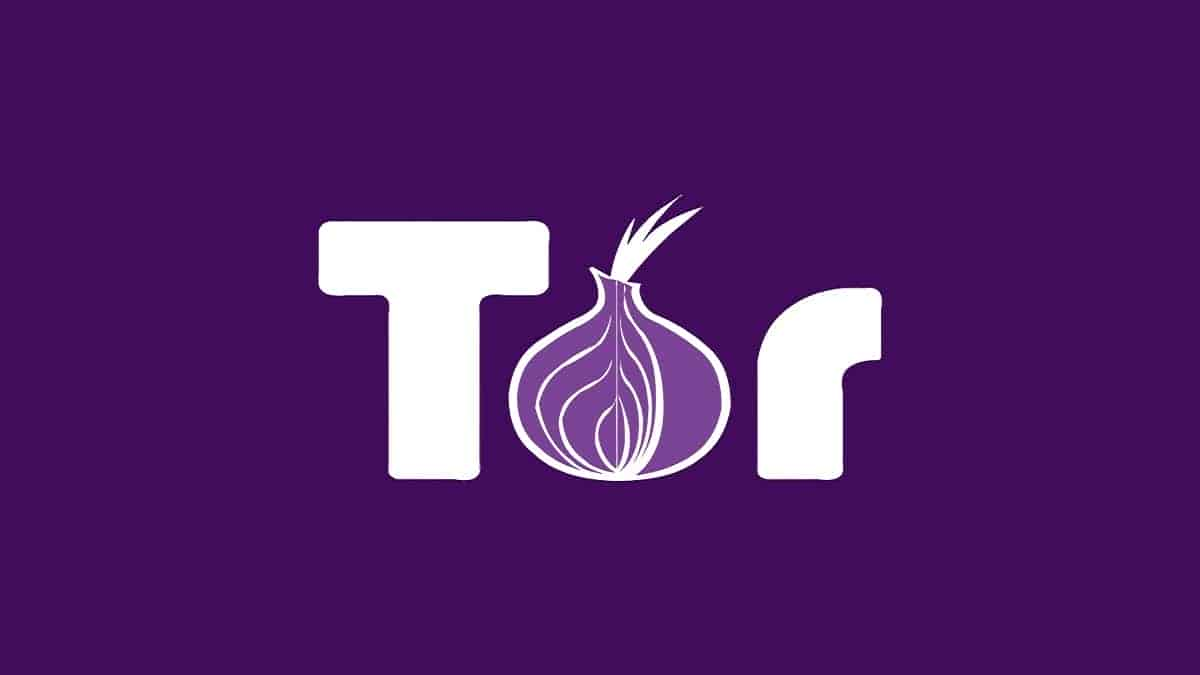Tor Browser now automatically avoids internet censorship

Tor Project team has announced the availability of Tor Browser 11.5, a significant update that adds new functionality to make it easier for users to circumvent censorship.
To provide users with anonymity and privacy when accessing the information on the internet, the Tor Browser was developed specifically for using websites through The Onion Router (Tor) network.
This is accomplished by encrypting all traffic as it travels through network nodes to achieve this goal. An exit node is used to send the data back to the user after the connection has reached the destination.
Auto block bypassing
The improvements made to Tor Browser 10.5 improved the Tor connection experience, but the main focus of the upgrades in version 11.5 is avoiding censorship.
Users no longer need to manually test out bridge settings in order to unblock Tor in the latest version.
The “Connection Assist” feature of Tor Browser version 11.5 assigns automatically the bridge configuration that is known to function best for the user’s location.
“Connection Assist works by looking up and downloading an up-to-date list of country-specific options to try using your location (with your consent),” the release announcement explains.
“It manages to do so without needing to connect to the Tor Network first by utilizing moat – the same domain-fronting tool that Tor Browser uses to request a bridge from torproject.org.”
The Tor team is open to user feedback and reports as Connection Assist is still in its early stages of development (v1.0), as this will help them work out any glitches and enhance the system.
HTTPS is on by default
Making “HTTPS-Only Mode” the default browser mode in version 11.5 ensures that the connection is made through a secure tunnel.
This protects users from man-in-the-middle (MitM) attacks and SSL stripping on rogue exit relays by ensuring that all data exchanged between the user and the server running the website is secured.
The HTTPS-Everywhere extension, which served as an onion name translator, has been deprecated and replaced, but the Tor team assures users that SecureDrop will still function as intended.
Android, which has traditionally lagged behind, is the only platform where the new HTTPS-Only Mode will not replace HTTPS-Everywhere.
This was acknowledged by the Tor development team, who also committed to doing more to support Android by issuing updates more often, resolving the numerous bugs that have accrued, and keeping up with Fenix (Firefox for Android) releases.
Better settings
The Network Options menu has been completely redesigned and is now called “Connection Settings” in Tor Browser 11.5; this change should make it simpler to locate and comprehend particular settings.
The bridge configuration and connecting options have been revised in particular to make evaluation and management quick and simple.
The new interface gives visualisation for the configuration for the first time using emojis on the saved Bridges, making it simple to recognise and choose the appropriate bridge when required.
The most recent version of the Tor Browser is available for download from the official download page as a portable binary or an installable package depending on your OS architecture.


